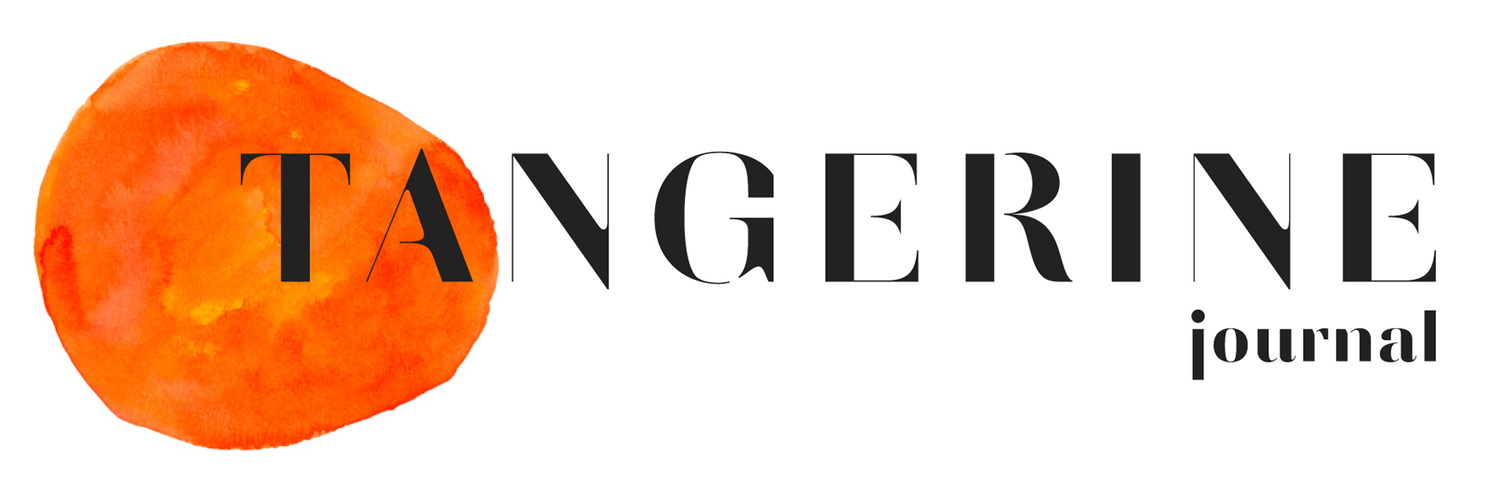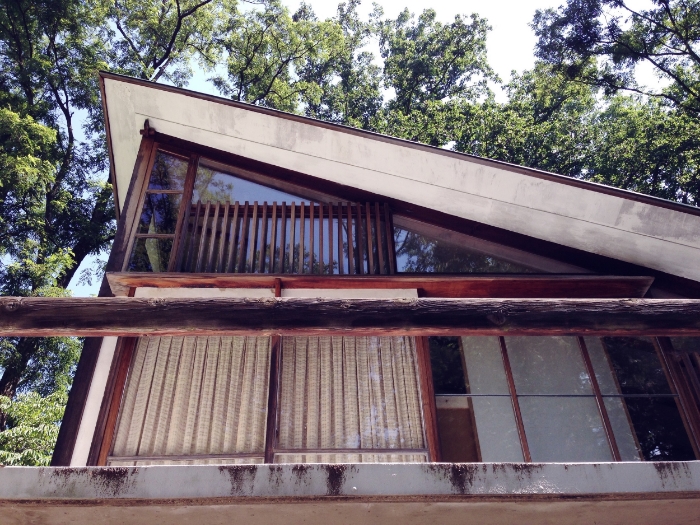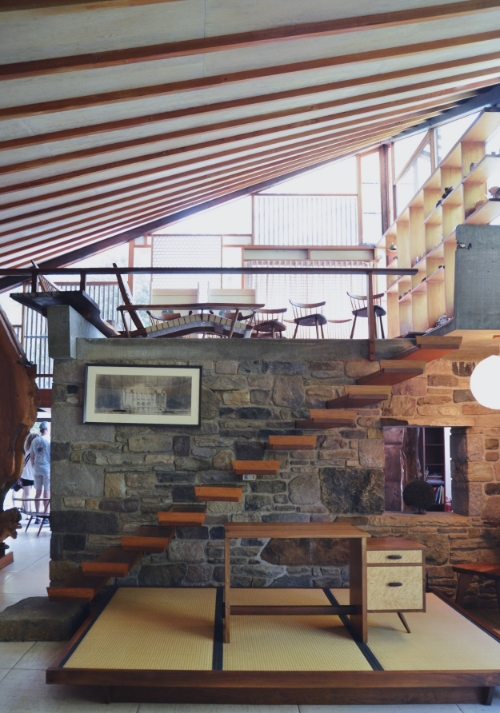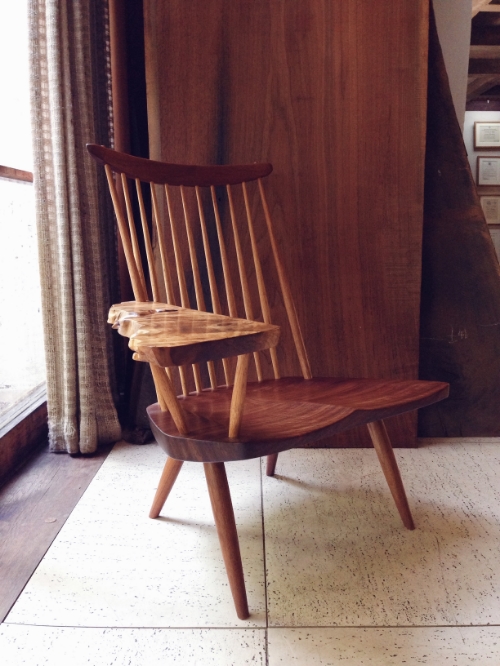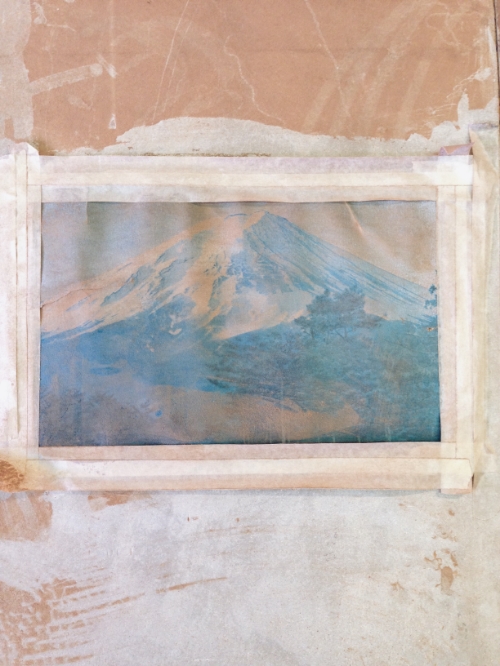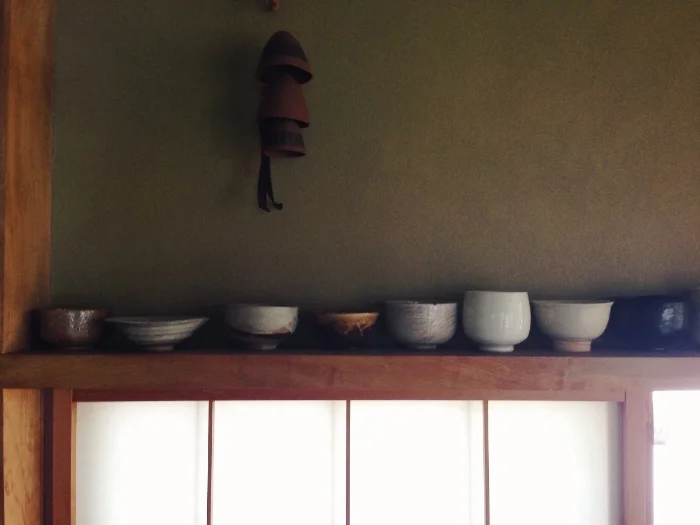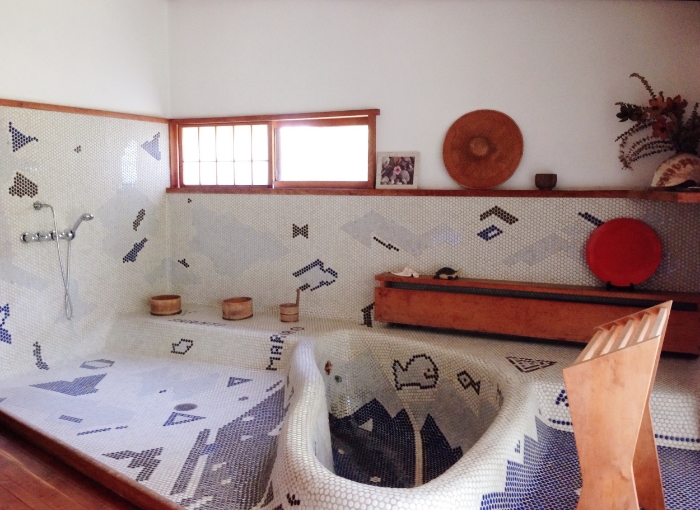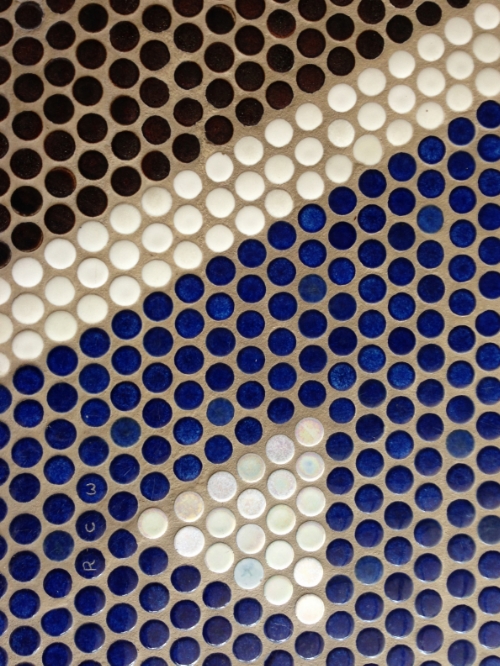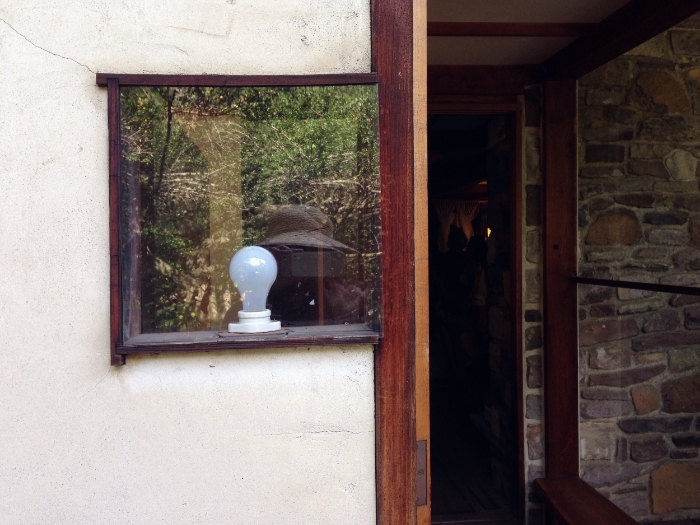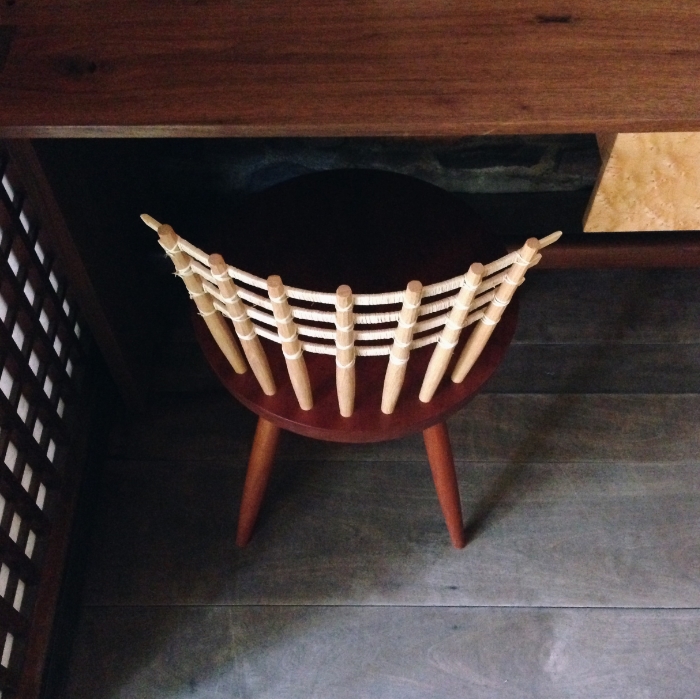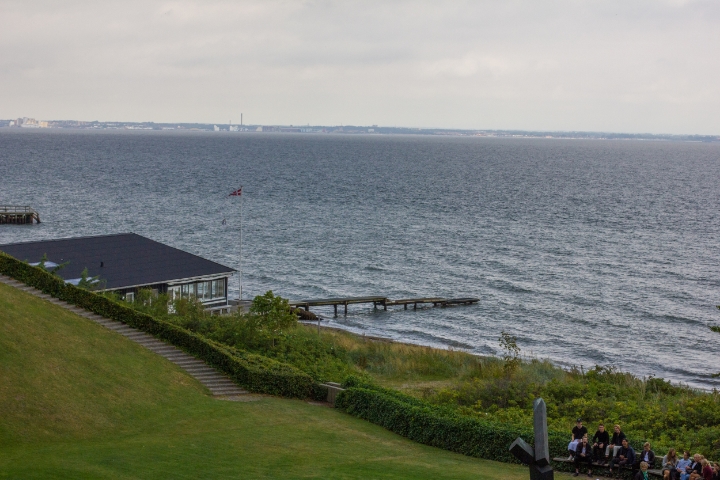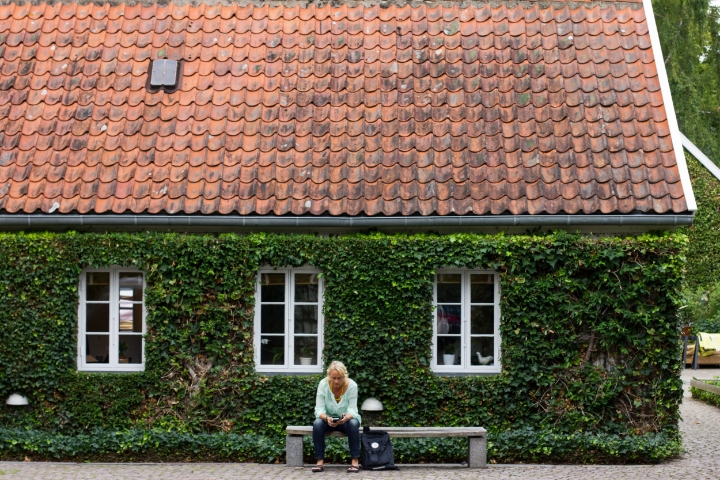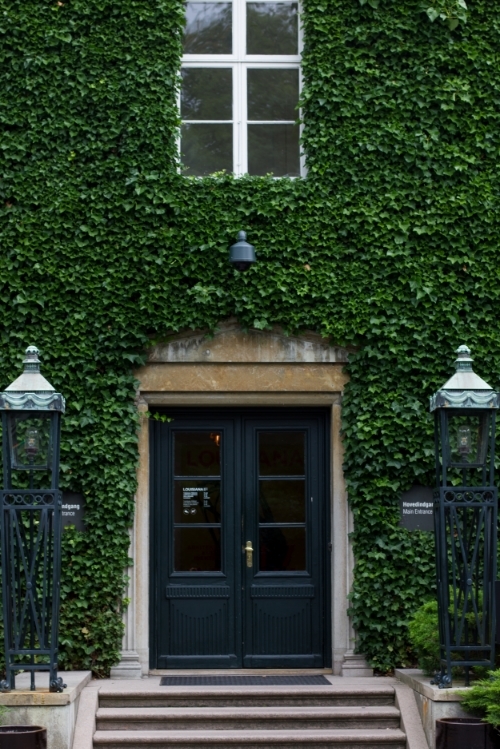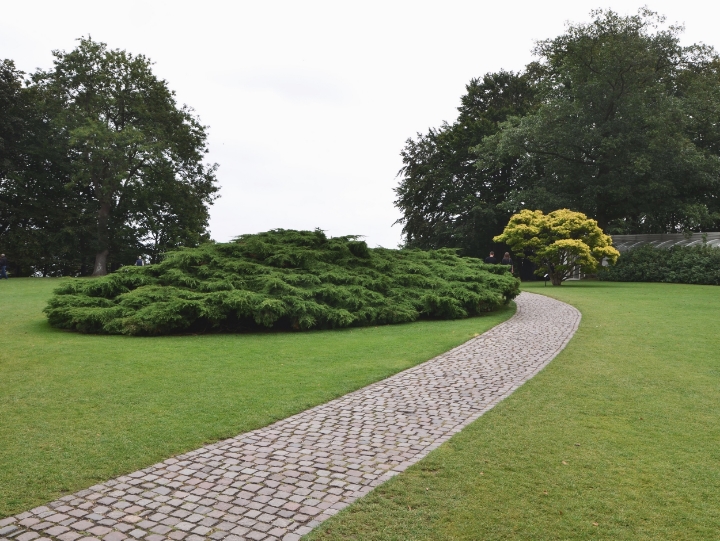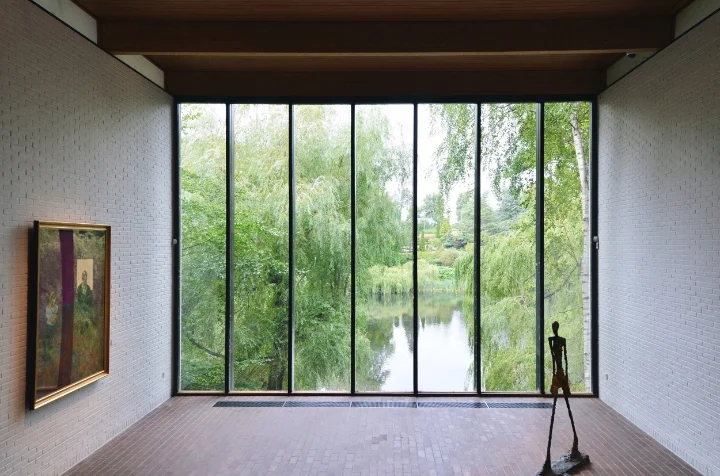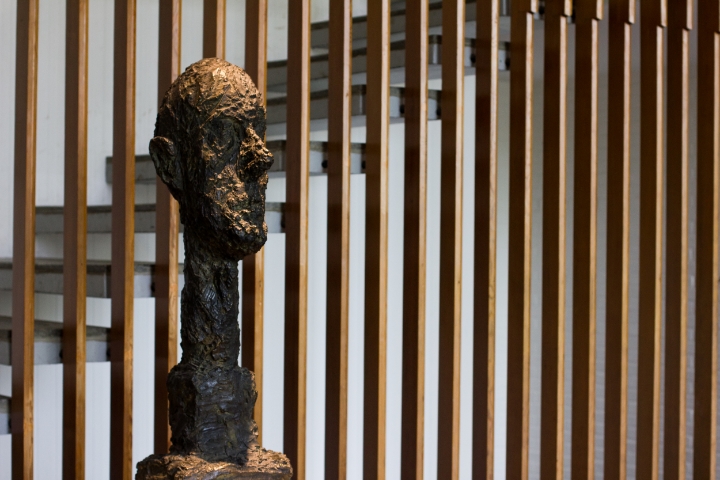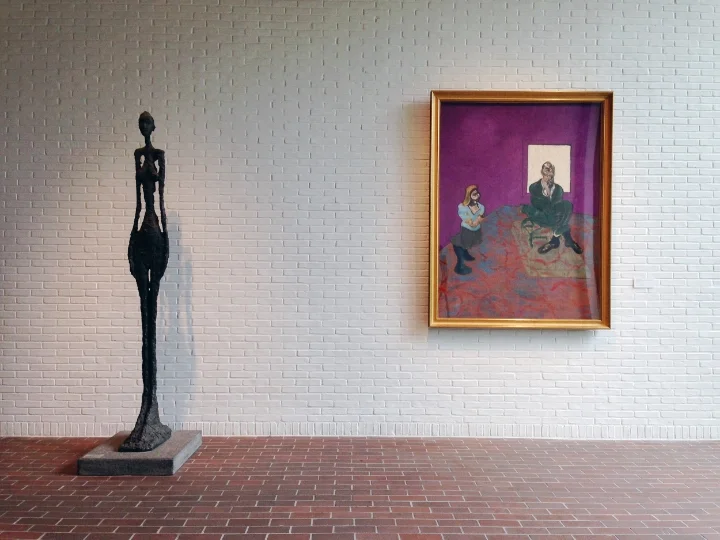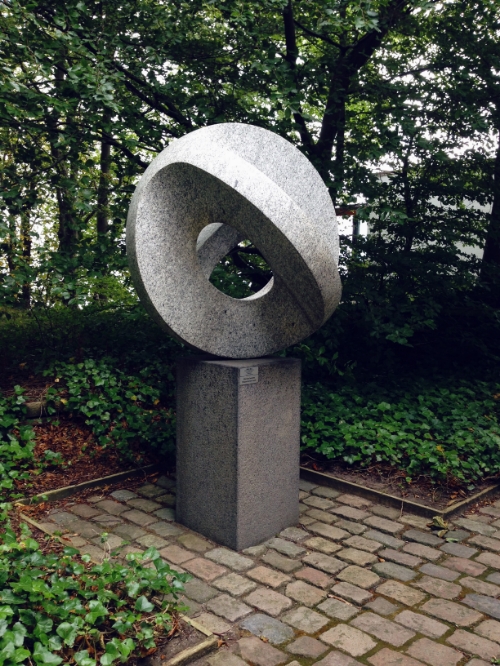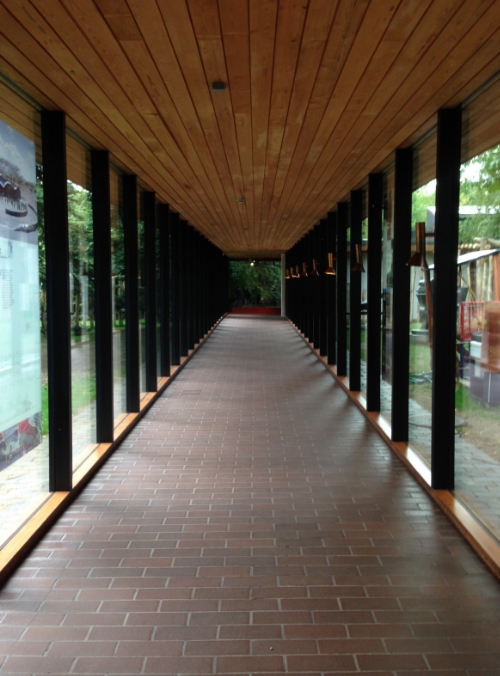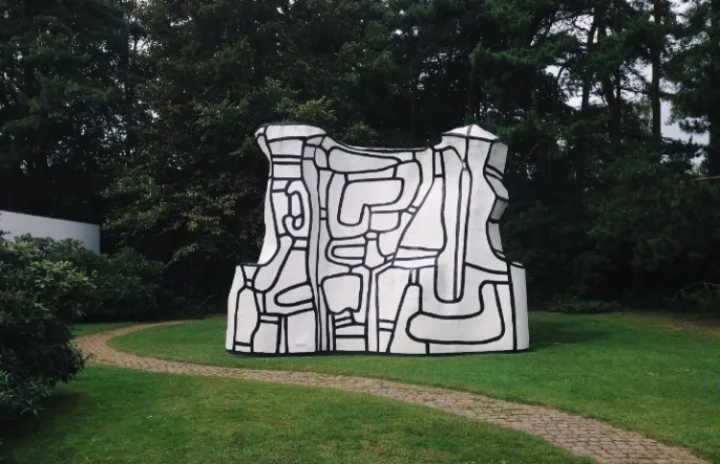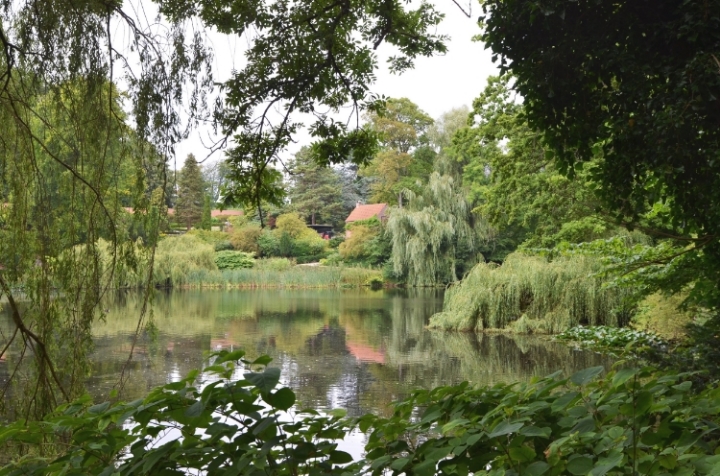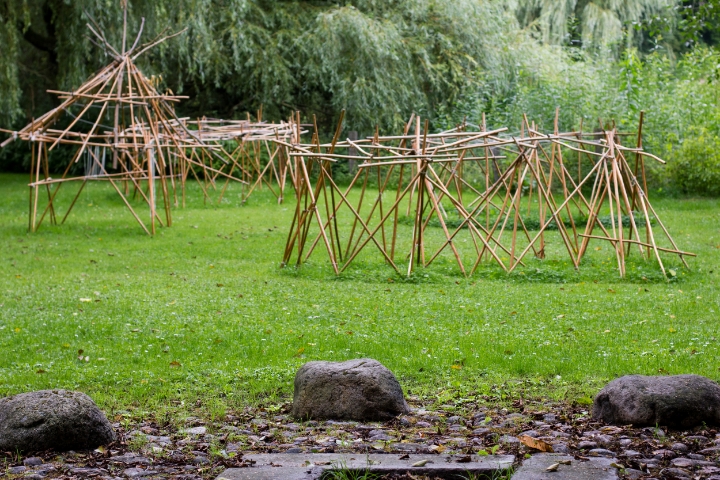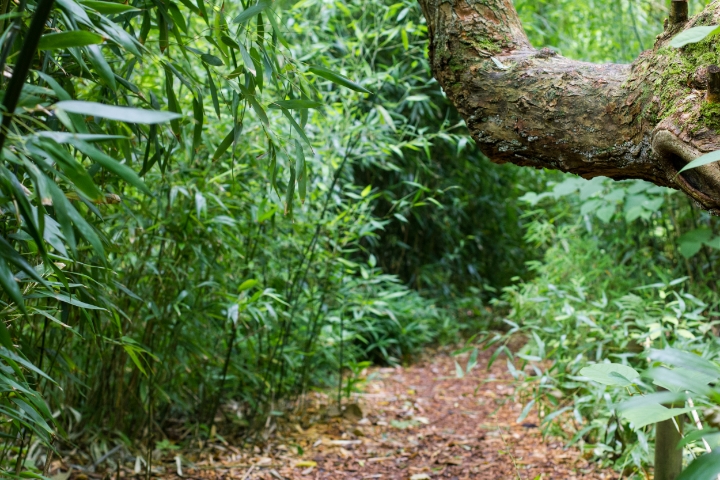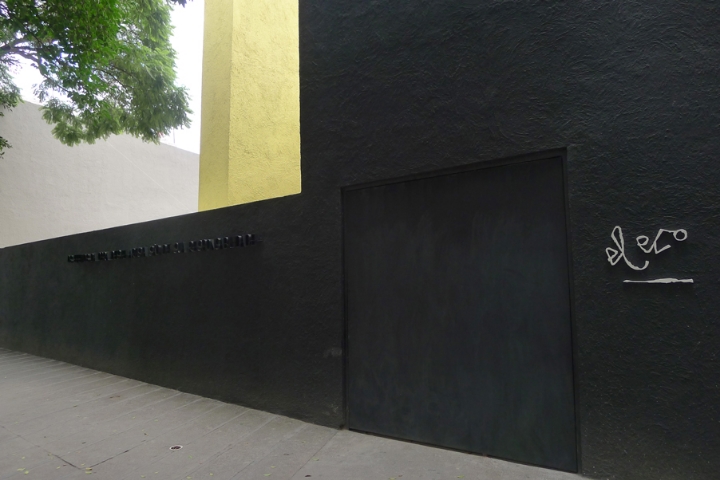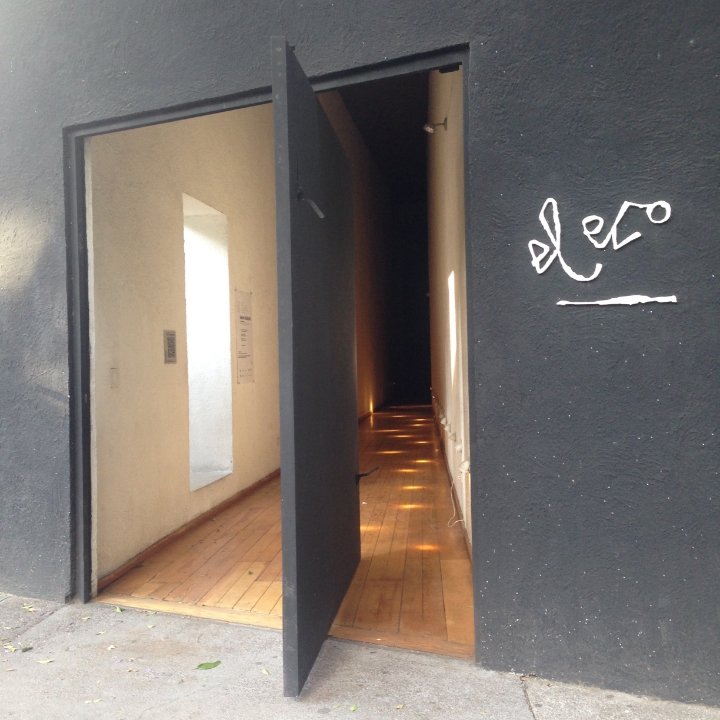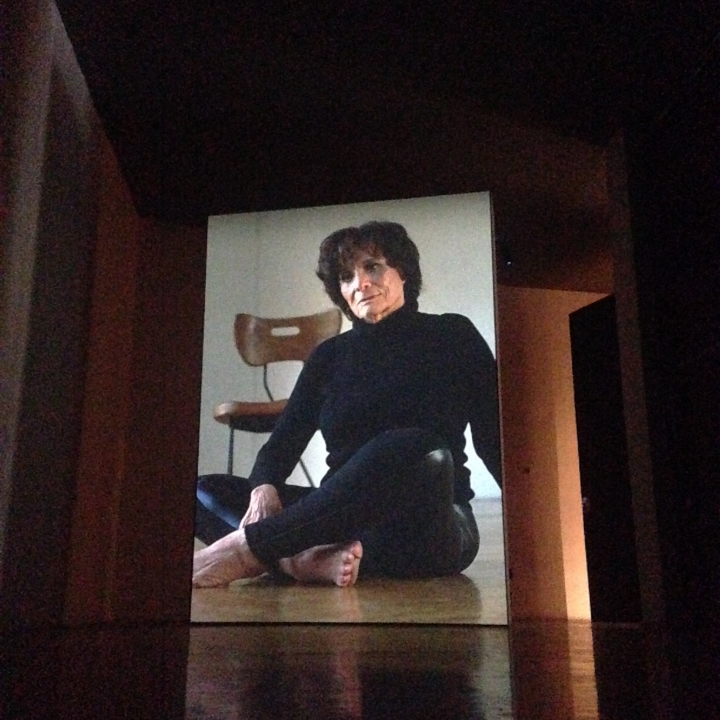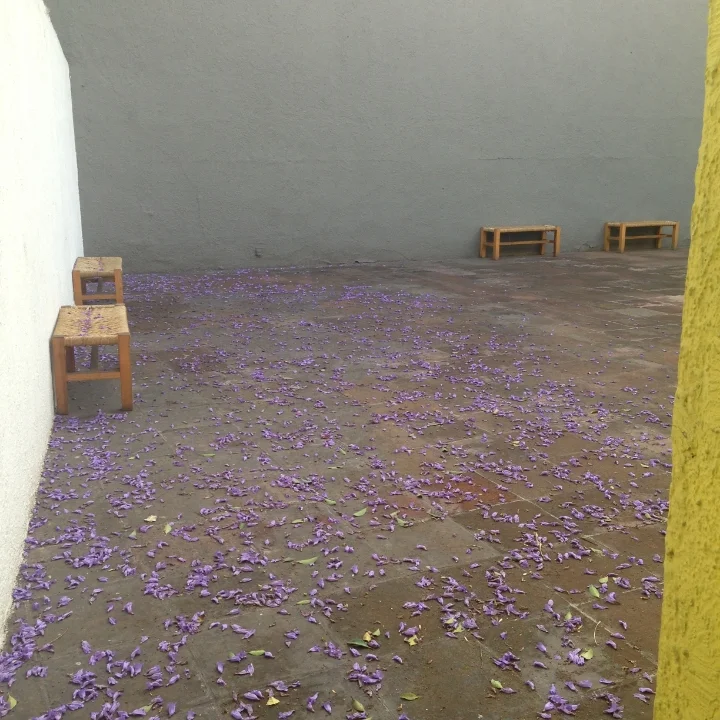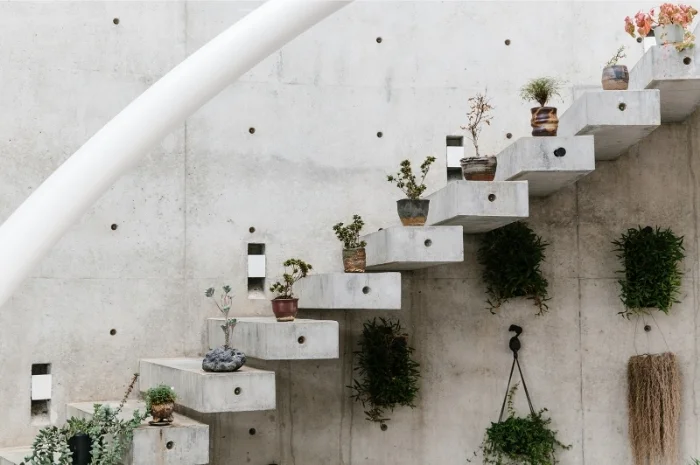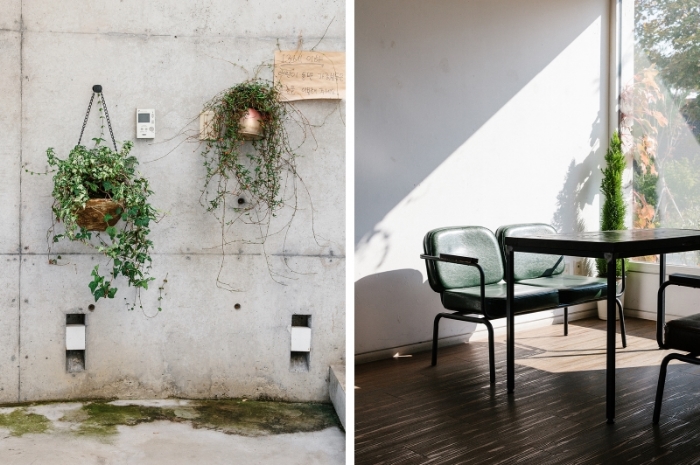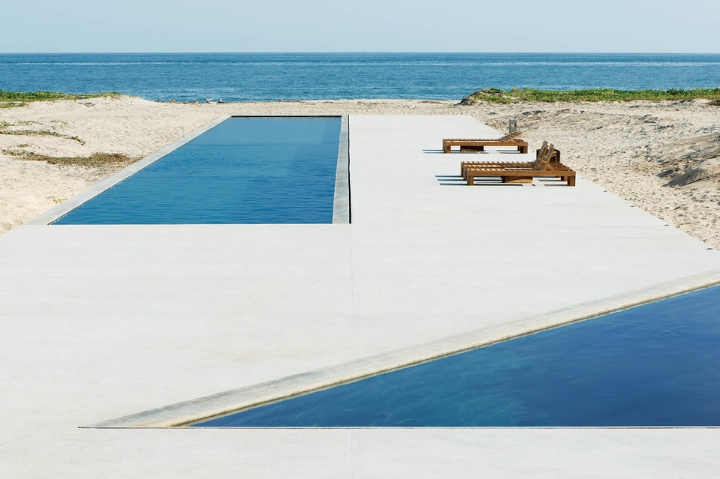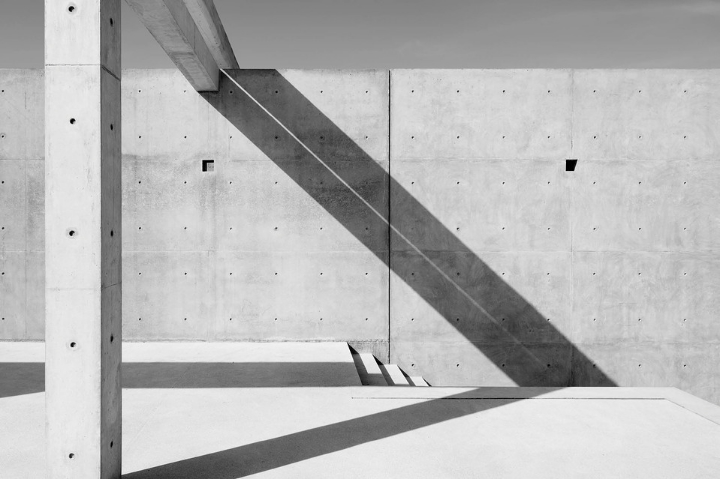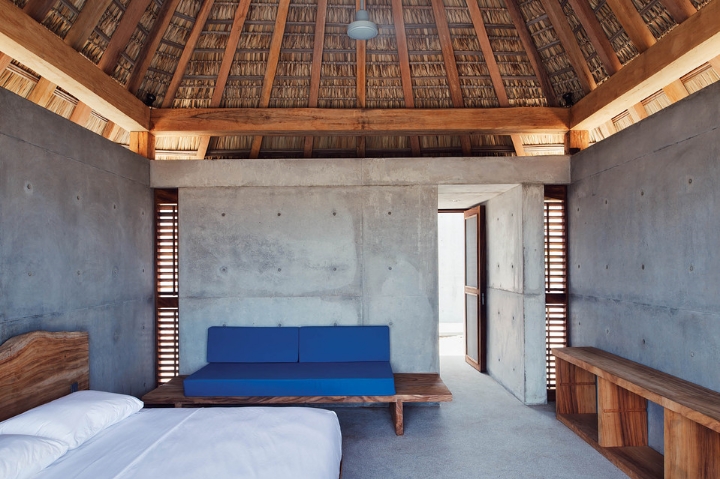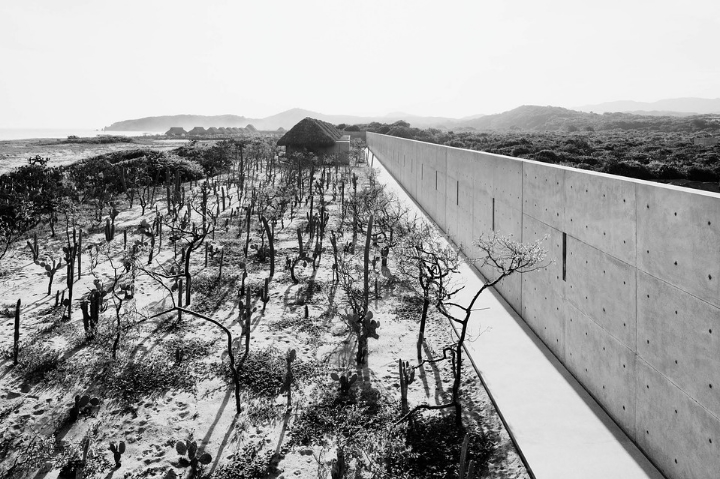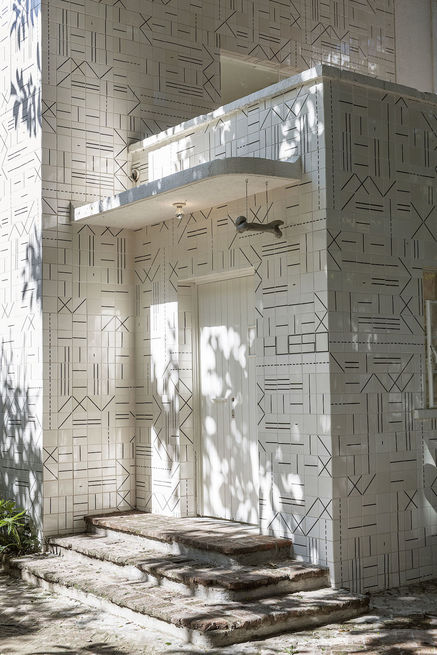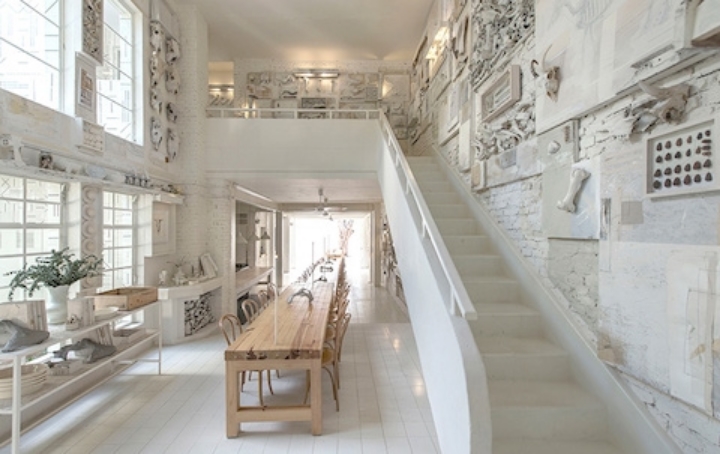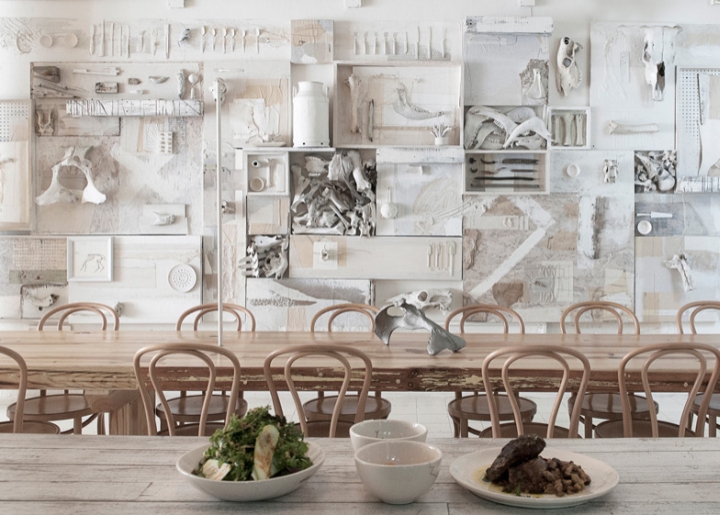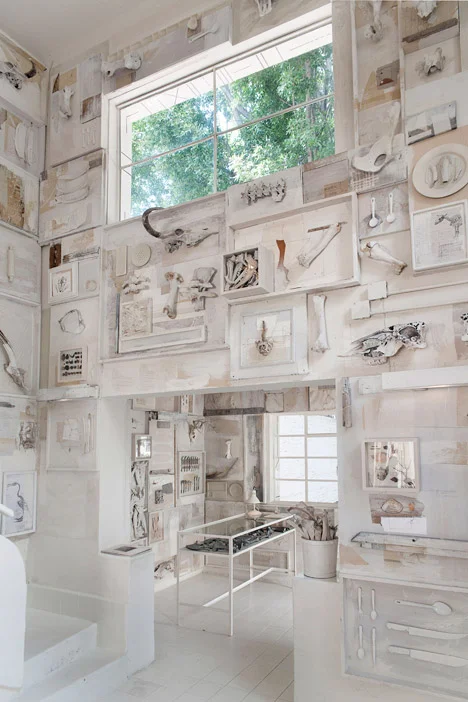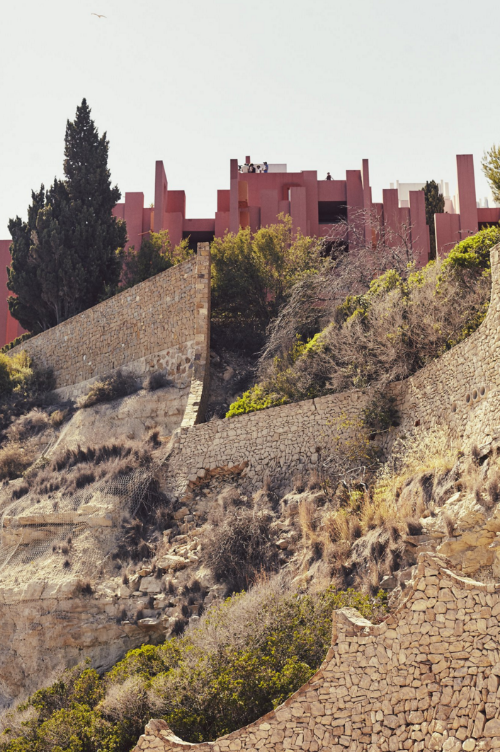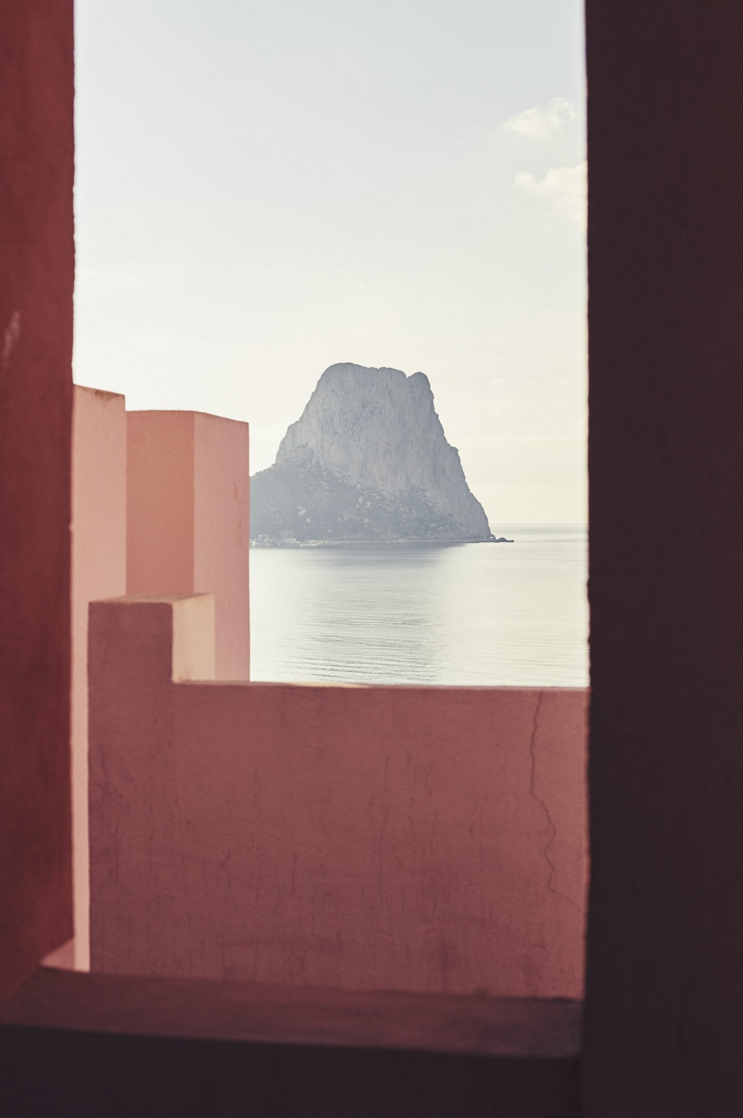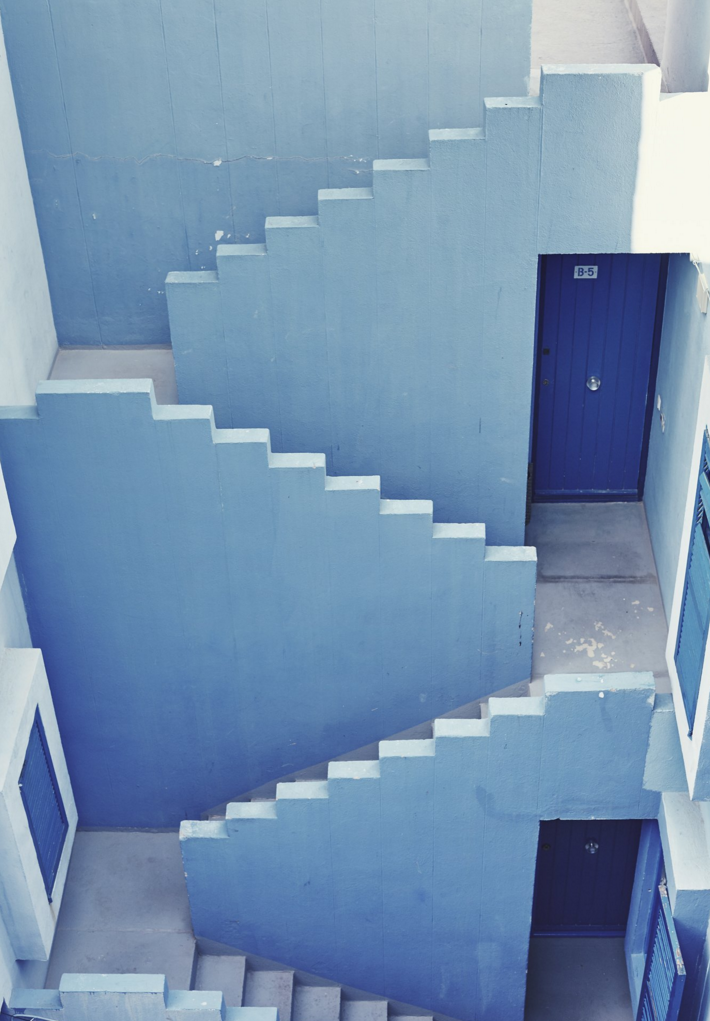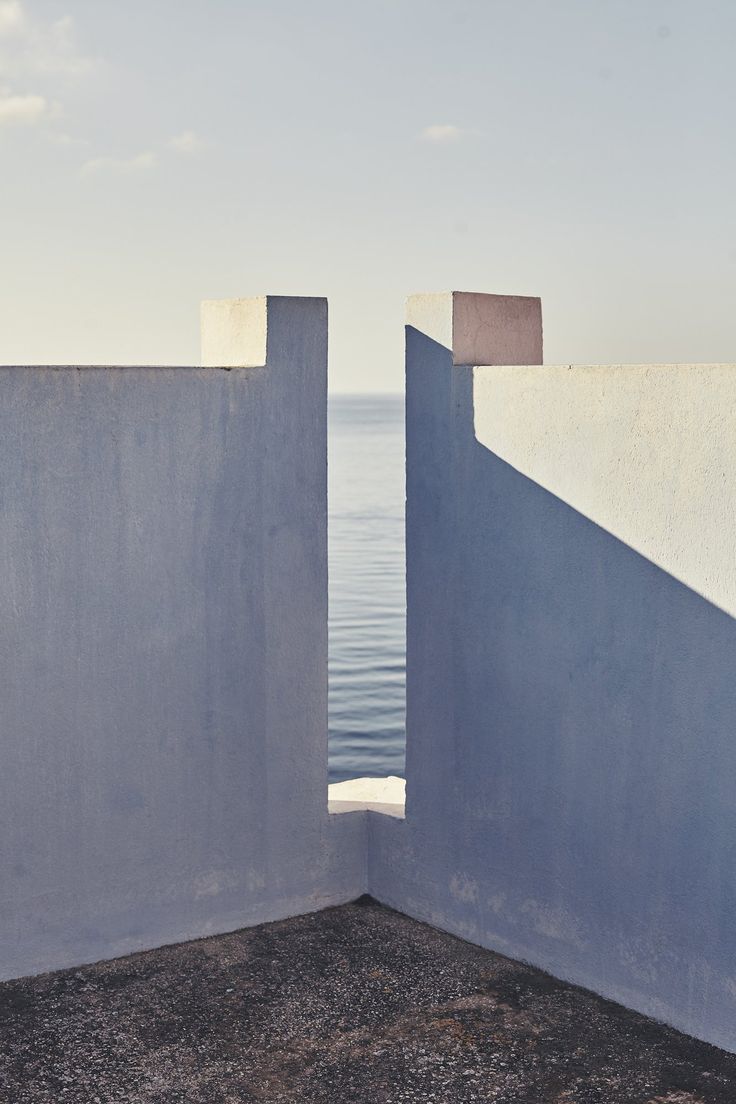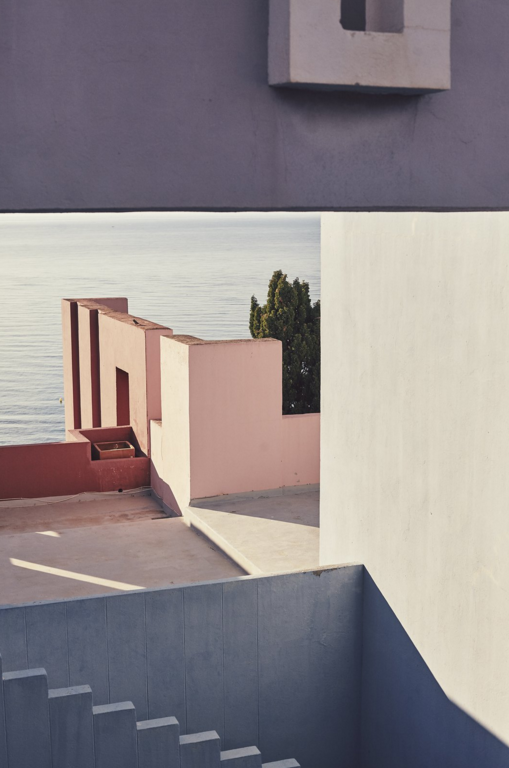Words by Maleeha Sambur / Photos by Tawfeeq Khan & Maleeha Sambur
While traveling through Scandinavia this past summer, I had the opportunity to visit Denmark's Louisiana Museum of Modern Art. Perched on a verdant hill overlooking the Øresund Sound in the quiet town of Humlebaek, just 25 miles north of Copenhagen, its indoor/outdoor blended environment offers a unique atmosphere in which to take in a vast collection of works from the likes of Alexander Calder, Joan Miró, Jean Arp, Pablo Picasso, and Alberto Giacometti, as well as a diverse roster of contemporary talents that includes Richard Serra, Yayoi Kusama, Doug Aitken, and Mike Kelley. One could easily while away an entire day exploring the sprawling grounds, encountering large-scale works tucked within the greenery, gliding through glass-walled corridors, stopping to sea-gaze and breathe in the fresh air (Sweden can be glimpsed across the water), and taking advantage of the excellent event programming, which includes engaging workshops, art evenings, and concerts for all ages.
Opened in 1958, the Louisiana Museum was founded on the idea that art was not just for the elite, and could be enjoyed by anyone. Founder Knud W. Jensen organized the exhibitions according to what he called the "sauna principle" -- dividing the works into hot (celebrated artists that would draw crowds) and cold (talented but lesser-known, contemporary artists) so that visitors who came to see the more famous works would also be challenged to experience something new and exciting.
The museum's thoughtful, discreet modern design plays to that principle by gracefully merging architecture with the natural environment, offering visitors an immersive way to experience art as they wander through sun-dappled rooms and meander along beautifully landscaped forest paths, while the seasons provide an ever-changing backdrop. The museum's low, horizontal buildings are connected by glass hallways, a cafe opens out to the sea breeze, and gentle landscaping invites visitors to take off on a treasure hunt, stumbling upon hidden sculptures and playful elements (a long, bumpy slide is a favorite) along the way.
If you find yourself in Copenhagen or thereabouts, be sure to carve out some time for Louisiana. It's a can't-miss experience.
Getting there from Copenhagen:
Check out the outbound and return DSB train timetables from central Copenhagen (Kobenhavn H), Osterport, or Norreport stations to Humlebaek Station. The ride takes about 35 minutes. From there, it's a ten minute walk through a quiet residential area to get to Louisiana. There will be signage and likely other museum-goers walking in its direction, but I always like to have a screen shot of the walking route on my phone just in case. The museum opens at 11AM, and I highly recommend getting there close to opening so that you can take advantage of a full day (you might never want to leave). There is a lovely cafe on site for lunch, but it can get very crowded, especially on a nice day, so eat a decent breakfast before heading out in case you don't want to bother.
Louisiana Museum of Modern Art
GI. Strandveg 13
3050 Humlebæk
Tues-Fri 11AM-10PM
Sat-Sun 11AM-6PM
Admission for 18+: 115DK (approx. $17.61 USD; $15.45€)
